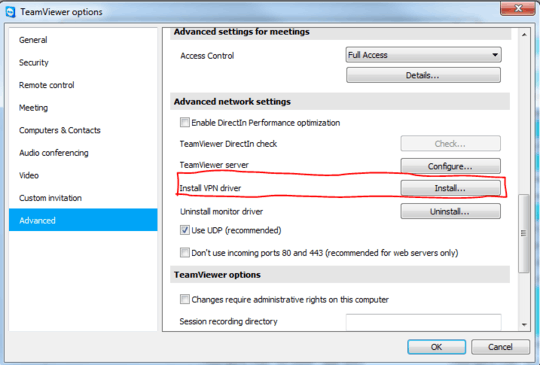9
5
I am trying to ssh into my Linux box at home. My home is a dorm-style environment - NAT and Firewall with personal laptop running Arch Linux. My work is corporate style Windows 7 - NAT and proxy firewall, no admin rights.
I am able to connect the two running Team Viewer portable. However, this does not suit what I'm really looking for. I am looking to simply SSH into my Linux box at home, leaving my Linux box logged out completely - basically headless when I'm not there.
I've read up on tunneling, however if I understand tunneling correctly I need a 3rd party server that both computers can connect to. I have no such server and don't wish to pay for such a thing either.
What is the simple and secure solution to SSH'ing into my laptop from work? Is there a free and secure 'third server'? I have been up and down Google, but seem to be getting more and more confused.


2Do you have access to the router? You usually need to adjust NAT settings to point your public IP address at your internal SSH server to do something like this. – jmreicha – 2012-08-08T18:55:16.297
No, I have no router access and can't adjust the NAT settings. – user1026169 – 2012-08-08T19:07:30.023
Then in this case you will likely have to proxy through a third server to connect if the Team Viewer option won't work. – jmreicha – 2012-08-08T19:15:52.177
who provides a server that i can use only as a proxy for ssh? – user1026169 – 2012-08-08T19:19:30.630
I bet a cloud based VPS would do the trick. – jmreicha – 2012-08-08T19:22:12.717
The VPS's I found are all minimum $5/month. Thats out of my price range for this sorta thing. – user1026169 – 2012-08-08T19:34:58.057
Outside of a paid service I'm not sure where else you could get something like that. – jmreicha – 2012-08-08T19:43:28.930
If you have physical access at work, you can boot off a live CD and compile and run pwnat. – Mechanical snail – 2012-08-16T07:18:09.137